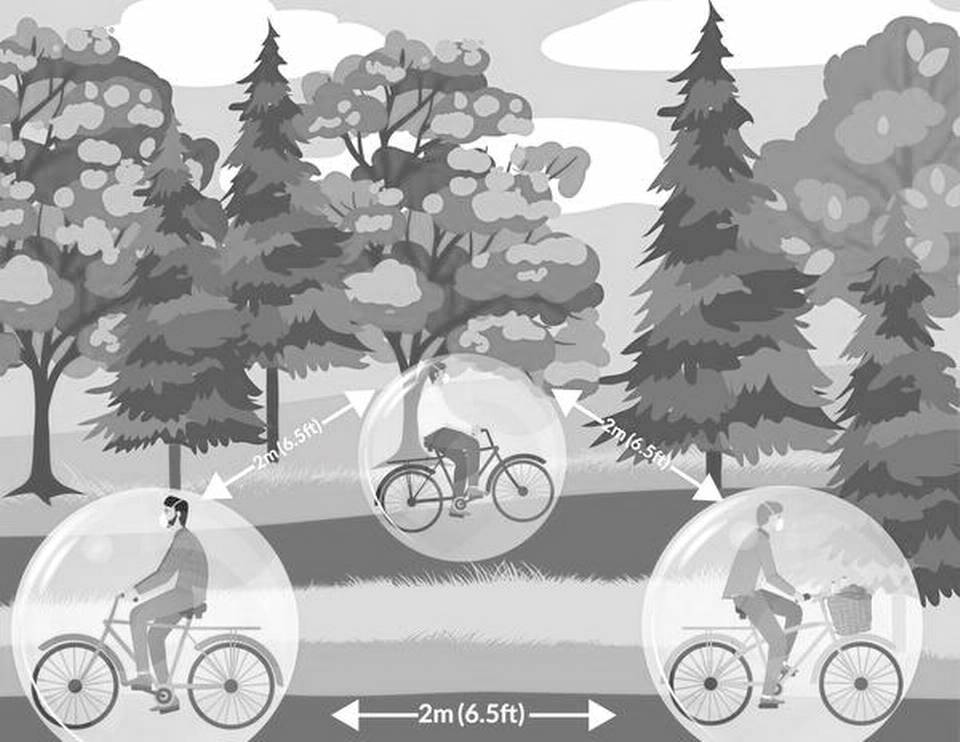
This article first appeared in the opinion section of The Hindu on 28th August 2020.
In the initial days of COVID-19, towards the end of March 2020, India went into a lockdown. The number of daily new cases at that time was 87. But the fear of contracting the virus was very high. Now after five months, the number of daily new cases has crossed 75,000, but the fear of contracting the virus has reduced. Why do people misunderstand risk?
One reason is that the SARS-CoV-2 virus is not novel anymore. But more importantly, behavioural science studies show that numbers don’t move people. When we read that three million people in India have contracted COVID-19, most people can’t make much sense of it. But when someone close to us in proximity or relationship contracts COVID-19 or succumbs to it, the fear becomes tangible. People suddenly feel vulnerable. Otherwise, people feel invincible, even though the risk of contracting COVID-19 actually keeps increasing with daily cases increasing.
Guided by emotions
Emotions cause us to misunderstand risk. For example, flying is something that many people get scared of even though flying has become an extremely safe mode of transport. Zero people died in a plane crash last year in India, while over 1,50,000 people died in road accidents. Yet, people feel scared of flying, not of driving on Indian roads.
Flying evokes a powerful emotional response. You are literally up in the air, in the hands of a machine and two pilots. If something happens up there, there is nothing you can do about it. This makes flying feel unsafe even though it is among the safest modes of transport.
Likewise, some people believe that they should not step out of their homes because going out means that they will catch COVID-19. In reality, going for a walk in an uncrowded area with a mask on is relatively safe. Some of the same people believe that staying at home is far safer than stepping out. So, they have started keeping their househelps at home. This is relatively risky, because distancing may not be possible within a typical home in urban India and droplets exhaled, sneezed or coughed out tend to stay in the air indoors for longer.
The risk of contracting COVID-19 in any given situation can be categorised as ‘very high’, ‘high’, ‘medium’, ‘low’ or ‘very low’. Visiting a gym generally would fall under ‘very high’ risk, while playing tennis would generally fall under ‘very low’ risk, even though both activities are related to fitness.
However, since each situation demands assessing the risk of contracting COVID-19, it complicates people’s decision-making.
Colour-coding different tasks
To simplify decisions, people rely on short-cuts. For example, if you stay at home, you are safe. If you believe in god, you are safe. If you are healthy, you are safe. If you have a particular deity at home, you are safe. Such simplifications, using which people assess the risk, make COVID-19 a dangerous pandemic.
To help people get a better understanding of risk, the government needs to devise a simple behavioural design. Just like a traffic signal communicates ‘stop’, ‘ready’ and ‘go’ with ‘red’, ‘orange’ and ‘green’ colours respectively, our daily activities need to be categorised as ‘red’, ‘orange’ and ‘green’.
Having outsiders visit your home would be ‘red’, visiting retail stores would be ‘orange’ and meeting a friend at an uncrowded park while keeping a safe distance and wearing a mask would be ‘green’.
If people can’t judge risks accurately, COVID-19 is likely to continue to spread like a raging fire in a forest.